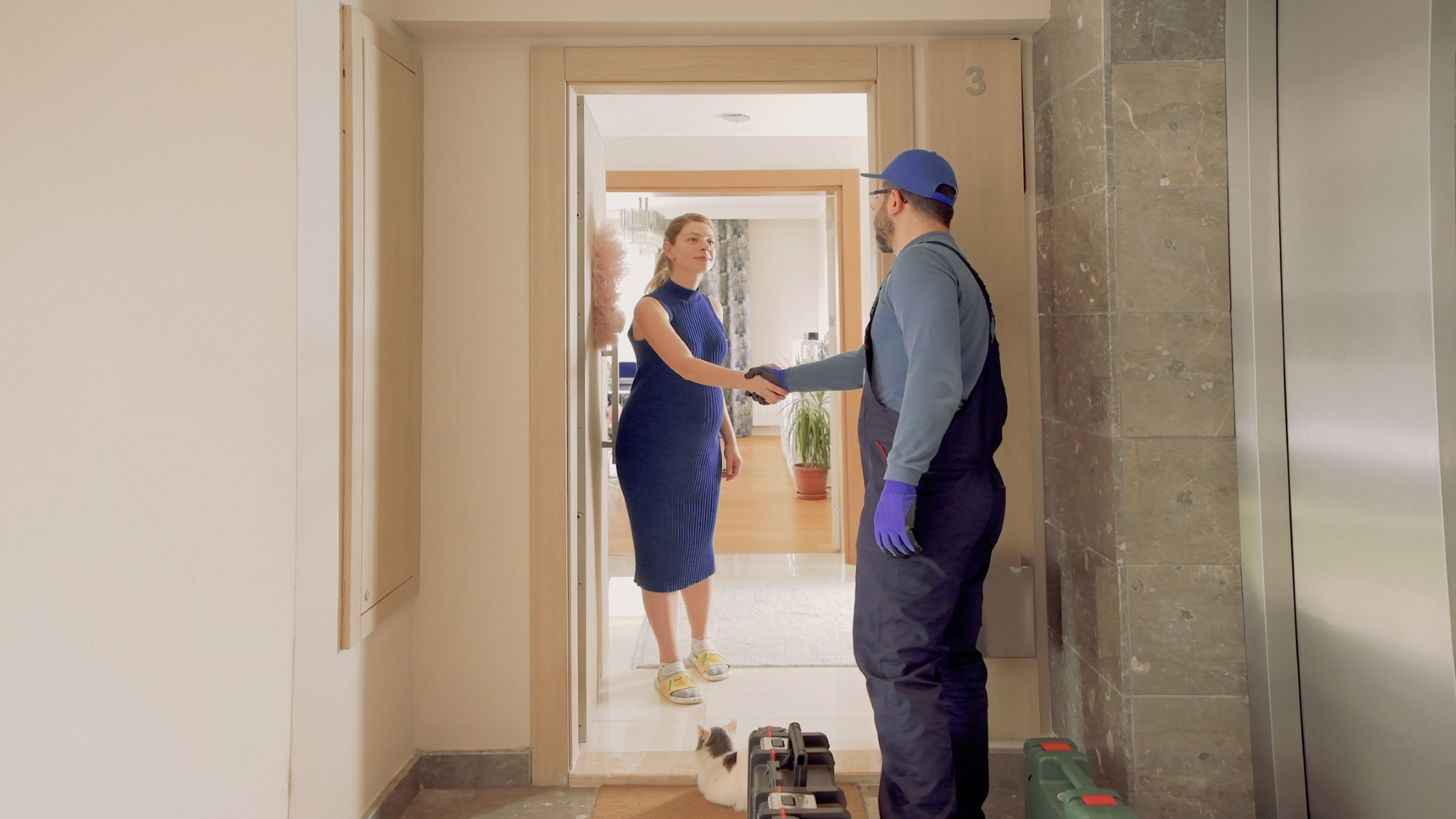An integrated approach to IoT deployment
With a growing number of social landlords looking to Internet of Things (IoT) technologies to help solve their problems, there are new challenges emerging relating to scaled up deployment and benefits realisation.

Homelync and Stirling Council attempted to address this problem with an integrated IoT pilot and found that the benefits go far beyond operational savings.
Social housing providers are faced with many of society’s most serious challenges. They often have a responsibility to monitor and tackle fuel poverty which causes tens of thousands of winter deaths throughout the UK every year. Further to this there are growing regulations and pressures to improve fire safety, there is a rapidly ageing tenant population requiring healthcare, and there are growing environmental pressures associated to CO2 emissions and water scarcity. There are also requirements for improving air quality to help prevent mould due to its associated maintenance costs and respiratory health conditions; one of the leading financial strains on the NHS. Social landlords often face these challenges whilst simultaneously tackling the fallout of budget cuts.
A growing number of larger and more technologically advanced landlords are turning to IoT solutions to solve some of these problems. Connected fire alarms, smart boilers, energy optimisers, air quality sensors, and water leak detectors are the most commonly deployed while some landlords are also trialling smart locks, advanced assisted living solutions, predictive heating controls and dozens of other technologies. The tipping point for IoT seems to have arrived particularly since leading established equipment suppliers such as Aico, Vaillant, and Bosch are all rolling out their connected solutions which promise great business cases.
However, social landlords are already finding that multiple supplier IoT roll-outs come with a number of challenges. For example, technologies often require the use of the tenant’s internet connection which is a failing point for several reasons. There is a requirement to monitor several additional dashboards which creates operational inertia, consumer devices are not geared up for multi-property enterprise deployments, and there is a loss of value in not having data in one place for cross-analytics and insight.
In Q2 2018 Homelync deployed an integrated IoT pilot of five properties with Stirling Council. This collaboration (BT, Vaillant, BlueGreen, Verv, Smart Compliance and Conservation Labs), enabled the integration of several advanced technologies including smart boilers, connected fire alarms, water leak detectors, air quality analysers, and energy optimisers. These devices were deployed alongside Homelync’s IoT Gateway which provided the internet connection for data to be passed to the cloud-based analytics platform. Insight was then be presented in a unified ‘process friendly’ dashboard.
The initial results of the trial were very promising. Recorded data from the deployment was extrapolated to represent Stirling’s total housing portfolio of approximately 5,500 properties. This analysis showed that there would be ‘net’ annual savings of £452k directly to the council through reducing the number of unnecessary visits, enabling preventative maintenance strategies, optimising investment, reducing voids and helping people to live in their properties longer. While also improving quality of life and reducing fuel poverty, the tenants would directly save £700k per year due to energy efficiency and damage prevention. The environment would benefit by a reduction of 1.3m kg CO2 and a saving 15m litres of water. More impressively, through knock on societal benefits like savings to the NHS, wider society would benefit by a total of £5.4m per year once the system is fully scaled.
As impressive as the results were, there were several deployment challenges that had to be overcome. For example, some devices were difficult to install due to space limitations and several supplier technologies were therefore trialled to identify the most suitable for Stirling’s assets. Secondly, some consumer devices required significant commercial and technical integration work before they could be deployed as ‘enterprise’ solutions. Development work should be completed as much as possible prior to deployment in these cases. Thirdly, lessons were learned with regards to sensor placement, for example, air quality analysers must be strategically placed to give accurate readings.
Any social housing provider who has trialled several individual IoT technologies will attest to the need for an integrated approach for operationally scalable solutions. The benefits of IoT have been tantalisingly close to social landlords for a number of years. However, due to recent advancements in technology, key suppliers releasing new connected products, and integration platforms which allow scalable roll-outs, we may finally see IoT delivering the benefits it has promised for years.


